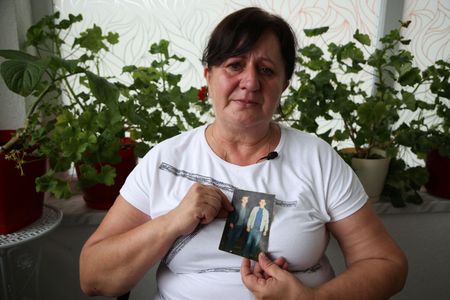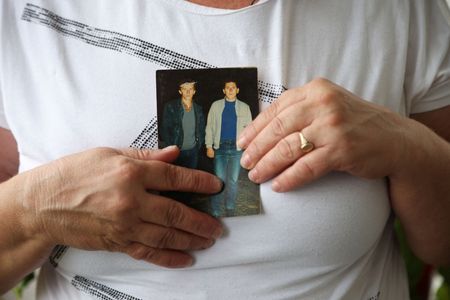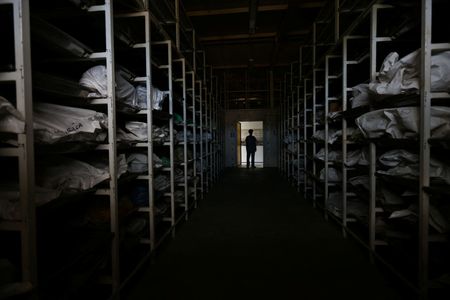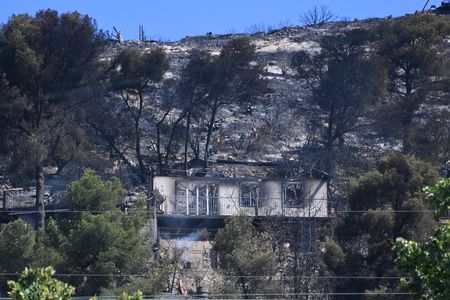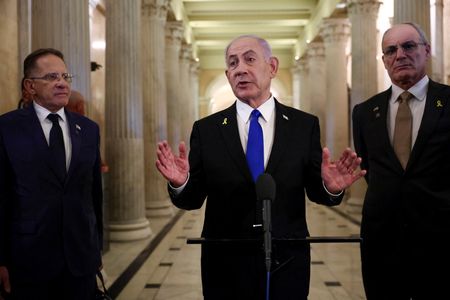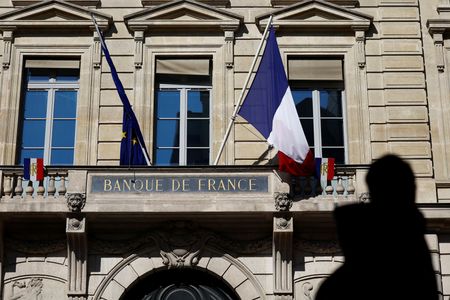By Daria Sito-Sucic
SREBRENIK, Bosnia (Reuters) -When the jaw bones of Mevlida Omerovic’s husband were found in a mass grave in eastern Bosnia 12 years ago, she did not bury them in the hope that more of his remains would emerge. None did.
So, on the 30th anniversary of his death in the July 1995 Srebrenica massacre on Friday, Omerovic will finally bury them in a cemetery for victims, where 6,750 people are already interred. The partial remains of six other victims will also be buried that day.
“That will be his resting place, proving that he had lived and died,” Omerovic told Reuters. “We will have the place to visit during the Eid holidays, the place where we can pray and cry.”
The massacre unfolded after Srebrenica – a designated U.N. “safe area” for civilians in Bosnia’s 1992-95 war that followed the disintegration of federal Yugoslavia – was overrun by nationalist Bosnian Serb forces. They killed about 8,000 Muslim men and boys in the following days.
Bosnian Serb army commander Ratko Mladic and political leader Radovan Karadzic were arrested after the war and convicted of genocide by a U.N. war crimes tribunal in The Hague for their role in the killings.
That day 30 years ago stays with Omerovic, who with her mother and two children ran from their village near Srebrenica for shelter in the U.N. compound on the night of July 11, 1995, while her husband tried to escape through the woods with other men.
The news of his execution came days later. At first she did not believe it, but his jaw bones, uncovered from a secondary mass grave where the remains of victims had been moved to cover up the crime, were identified through a DNA analysis in 2013.
“Srebrenica is an extremely complex project because a large number of victims had been buried on many different locations, in primary and secondary mass graves where bodies were dismembered, so we are not able to find complete bodies,” said Dragana Vucetic, a forensic expert working on the identification of the Srebrenica victims.
Ethnic divisions remain a source of tension in Bosnia and Herzegovina, which was split into autonomous Bosniak-Croat and Serb entities under the 1995 Dayton peace treaty. A recent political crisis has raised fears that the country may split up.
The massacre was declared a genocide by two international courts. The designation has been persistently denied by the leaders of Bosnian Serbs and by neighbouring Serbia, both of which question the numbers of victims.
(Reporting by Daria Sito-Sucic; Editing by Edward McAllister, Aidan Lewis)

